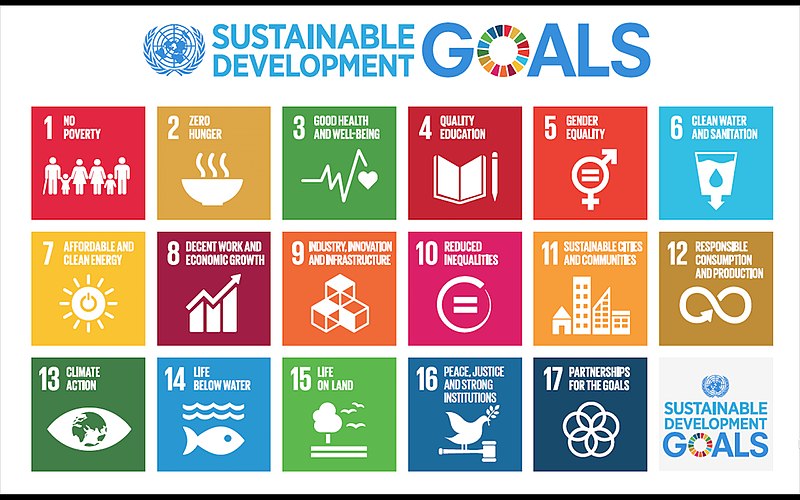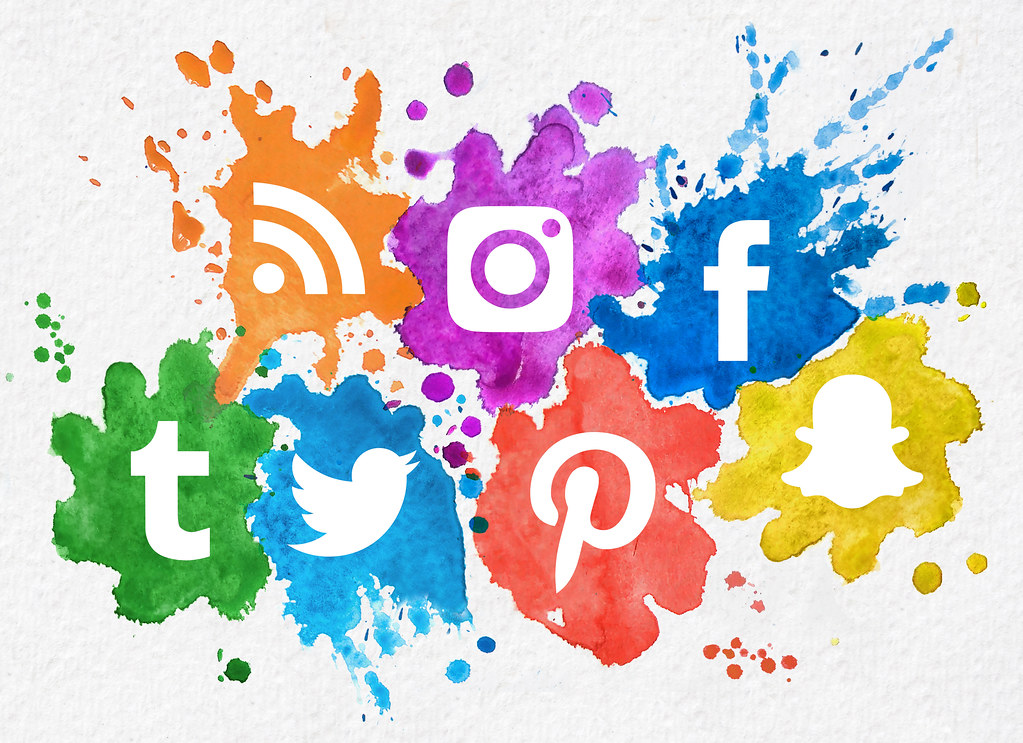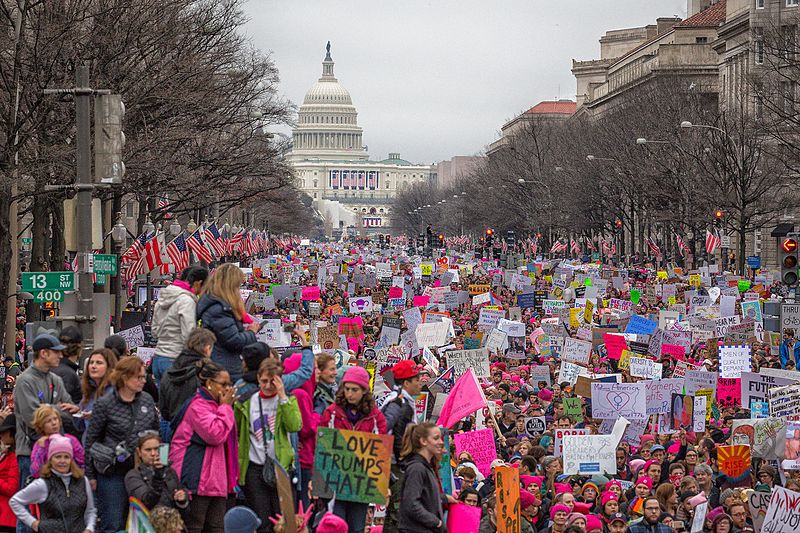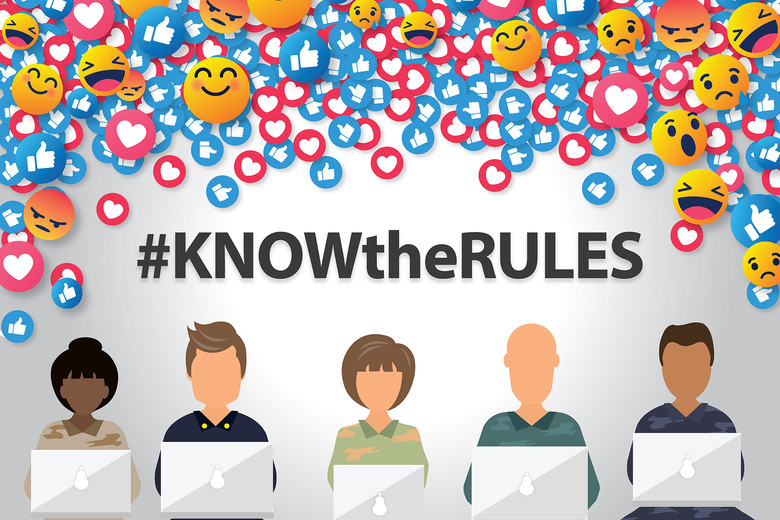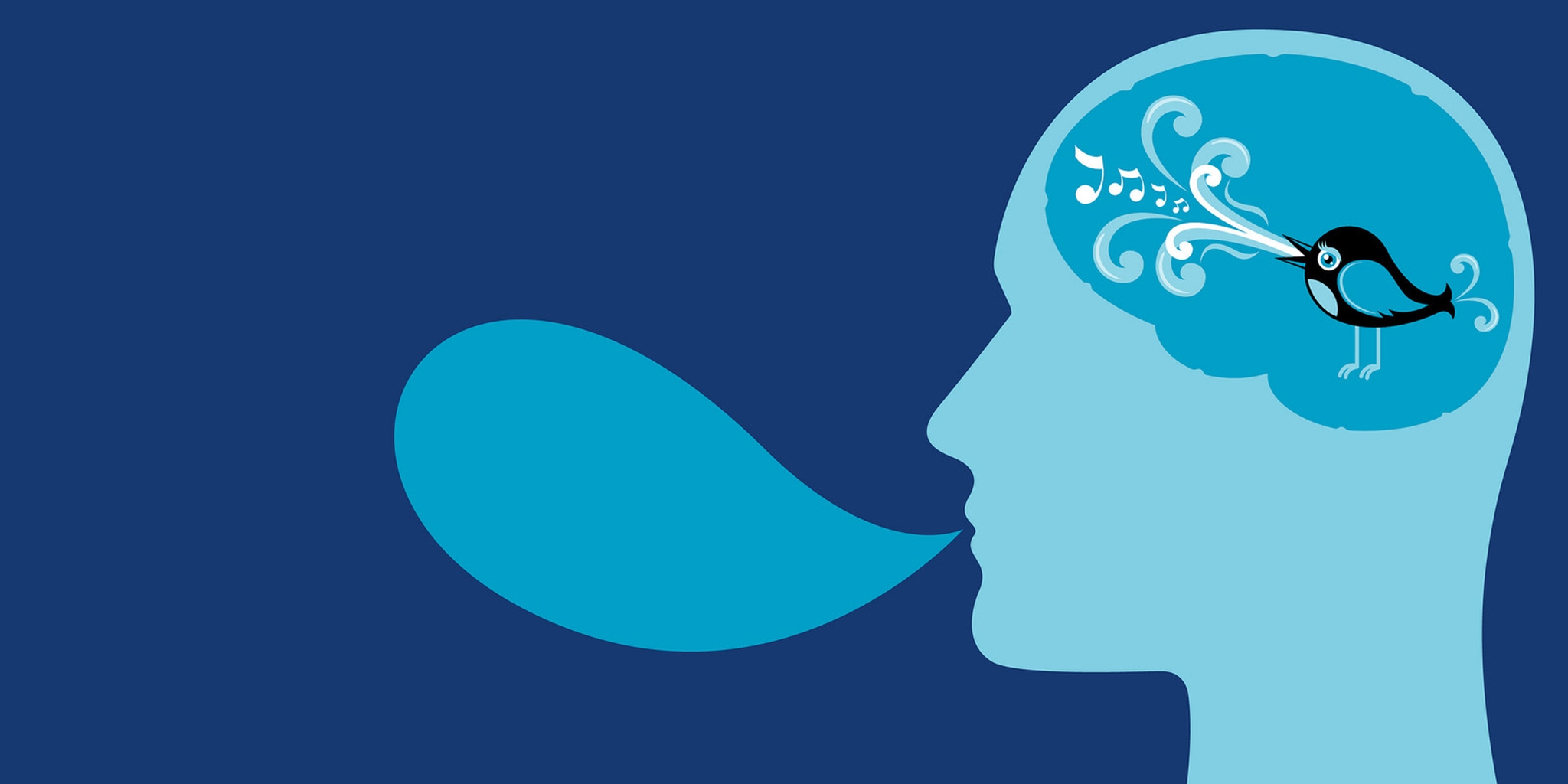
To start this semester when we were told that we had to commit to Twitter as part of our grades, I will admit honestly that I was not that excited. I personally do not use twitter, or most of the other forms of social media, and was not looking forward to creating another social media that has my name attached and is one more thing on the internet that gives people information about me if they want to find it. While I really enjoy the internet, I try to stay as private as possible and do not like to use social media for that reason.
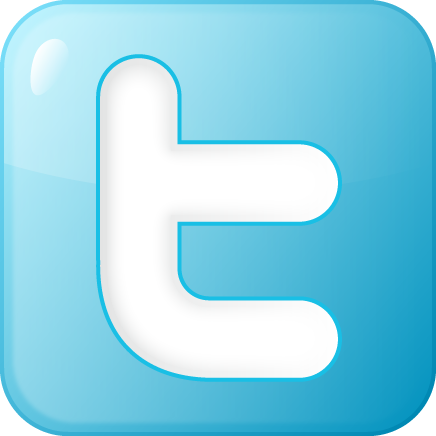
During the class, however, I do understand the usefulness of twitter especially for education and the access to new materials I did not have before. There is access to lots of professionals in the field and the interactive twitter chats were very interesting.
I think social media space conversations added to how I think about learning by showing me that it does not have to be a teacher to student relationship for the knowledge to be absorbed or for learning to take place. The interaction and responses I received in our twitter chat assignment were so interesting, and when it happens in real-time, you do remember it much better than posting, logging off, and then reading comments or responses at another time.

I think the most I have learned from using twitter is by the links and articles others have shared among our class. There are some really amazing activities, lessons, and books that I could see myself using in a classroom in the future. I have learned a lot by following Caitlyn Tucker, who is an EdTech Teacher and always uploads useful articles and posts from her blog about how to incorporate tech learning in the classroom. I also really enjoyed a post that Malisa shared with the class last week that included some useful books about diversity in the classroom.

My twitter chats have been enlightening and enjoyable. The first Twitter chat I participated in, in a live setting was very fun and engaging. The responses and genuine enjoyment everyone else was having in the chat was inspiring for me to engage more. While I was definitely hesitant and a little resistant to use twitter at the beginning of the class, as more time goes by I can see the value of it for not only this class but the education field.

